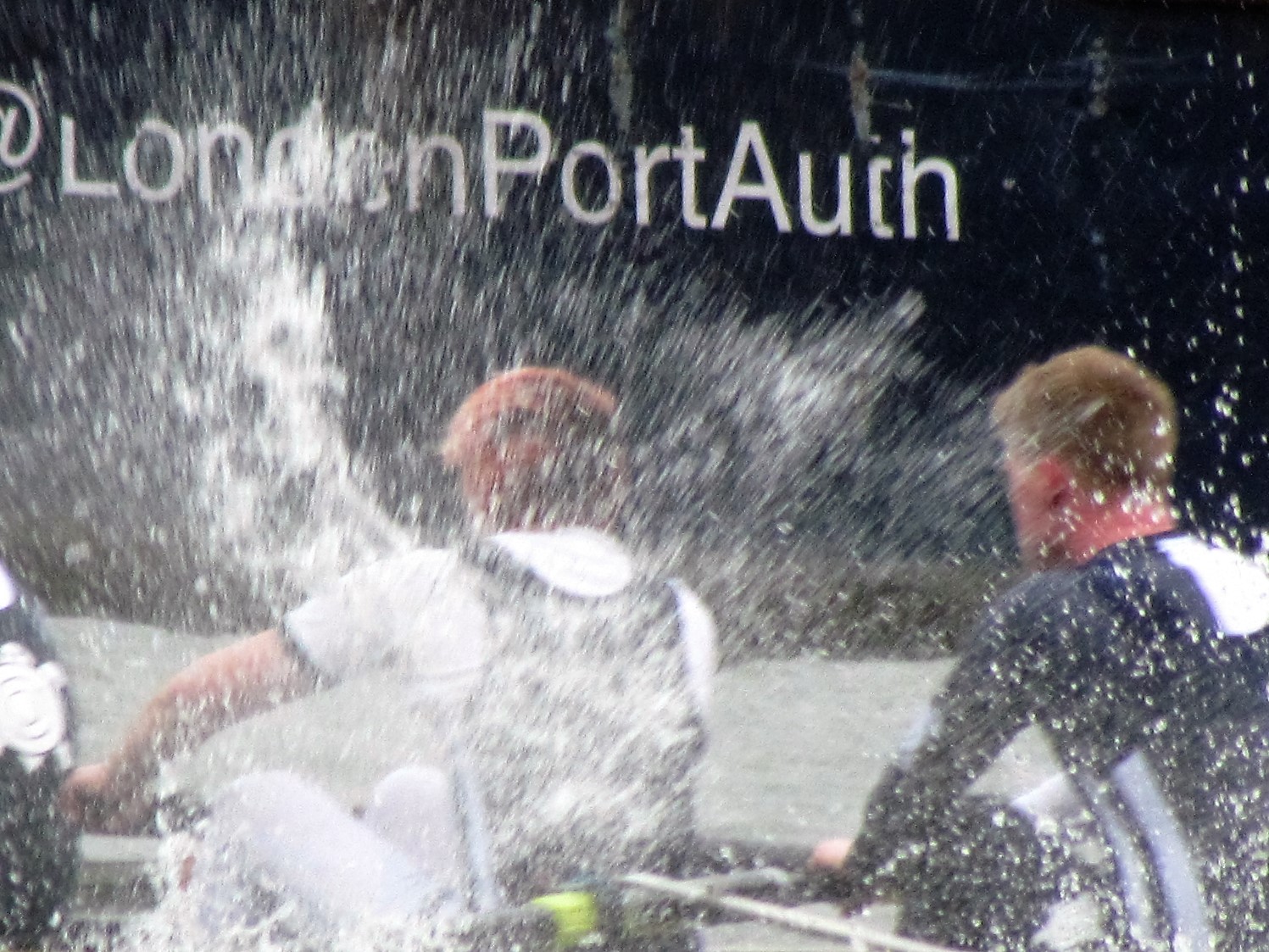The Head 2017 – why we cancelled when we did
There have been years when there was more wind, and years when there has been more stream, so why was the Head cancelled this year, and why was the decision taken so far before the start?
The crucial issue is wind direction. As is well known to oarsmen that row on flowing water, a stretch of water where the wind is in the direction of the river flow will often be quite flat, whereas the same stretch of water, with the same wind speed but against the flow, sets up into standing waves that, with the addition of boat washes, can become substantial.
This year, the wind was in the worst possible direction, from North East to East, generally against the flow of the river along the course, but crucially blowing straight up the reach past the island, Chiswick Eyot. With the normal changeable weather over the UK, wind direction can change day by day, but a stable High pressure area had settled over the country, which caused the wind to blow from a steady direction over several days, and by the Friday, we could be certain that the wind speed and direction would have drastic effects to the course. A number of HORR umpires and marshals were on duty at the (shortened) Schools HOR, on Thursday 23rd, when the wind direction was much as it was already forecast to be for Saturday 25th, and they reported that racing conditions for us would be very difficult. Additionally, marshalling of less-experienced crews either side of Barnes Bridge would have been dangerous in the extreme.
As many competitors have to travel large distances to get to Putney, it was important that, if the event was to be cancelled, that decision was made as soon as possible so the was a chance to cancel travel arrangements, hence the cancellation announcement on Friday morning.
As it turned out, the decision appears entirely correct. The following are the comments of an independent observer of the conditions on Saturday:
At 2.25 [that is, shortly after Start time] around the Barnes bend there were rollers with white caps. Some very competent crews might have survived in those conditions, but would have had lots of water on board before they reached the really bad area. From Chiswick Pier, all along the Eyot, there were very large rollers with white caps which were worse when there were gusts. It was completely un-rowable. I did not see it around Hammersmith, but no one would have got that far anyway.

